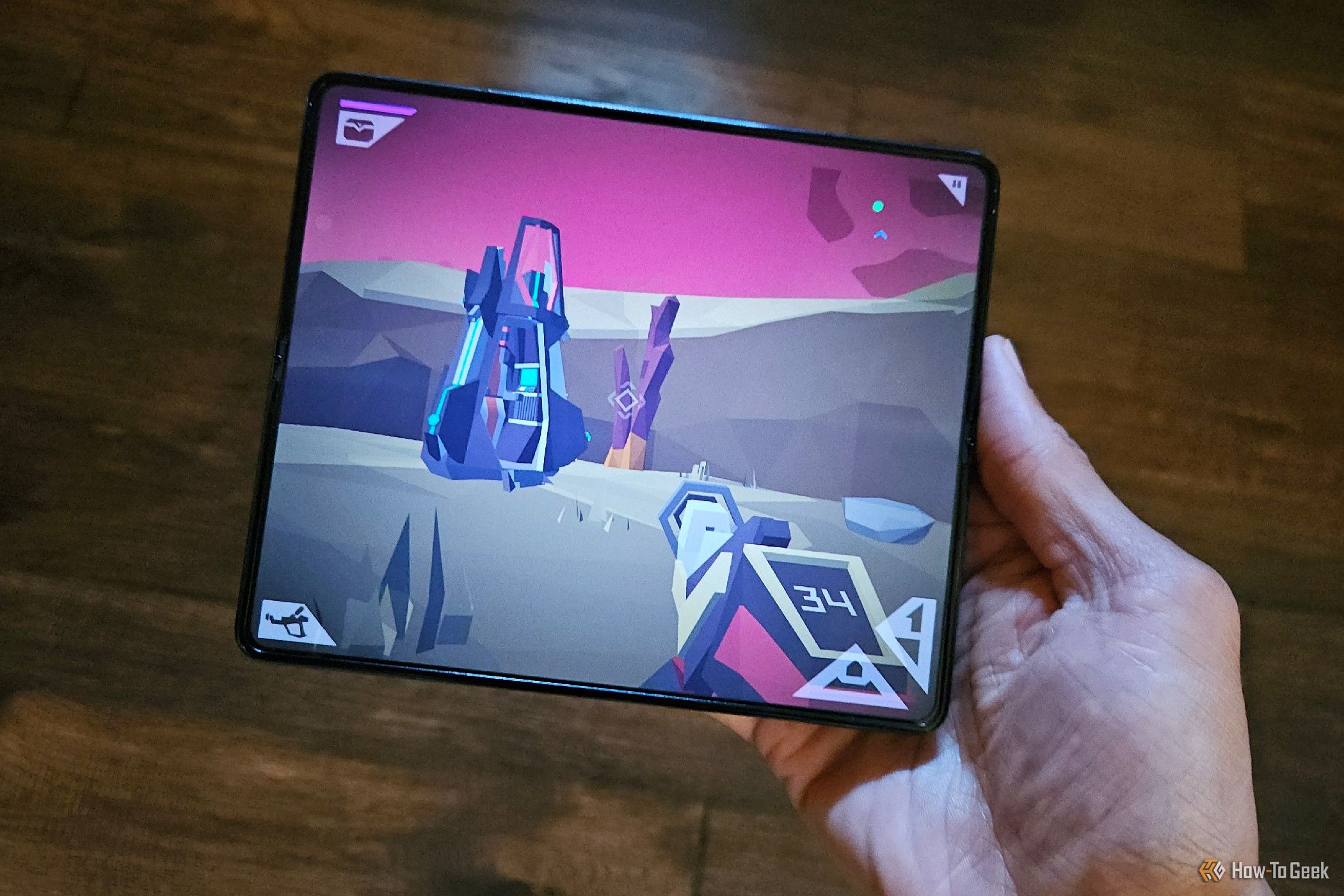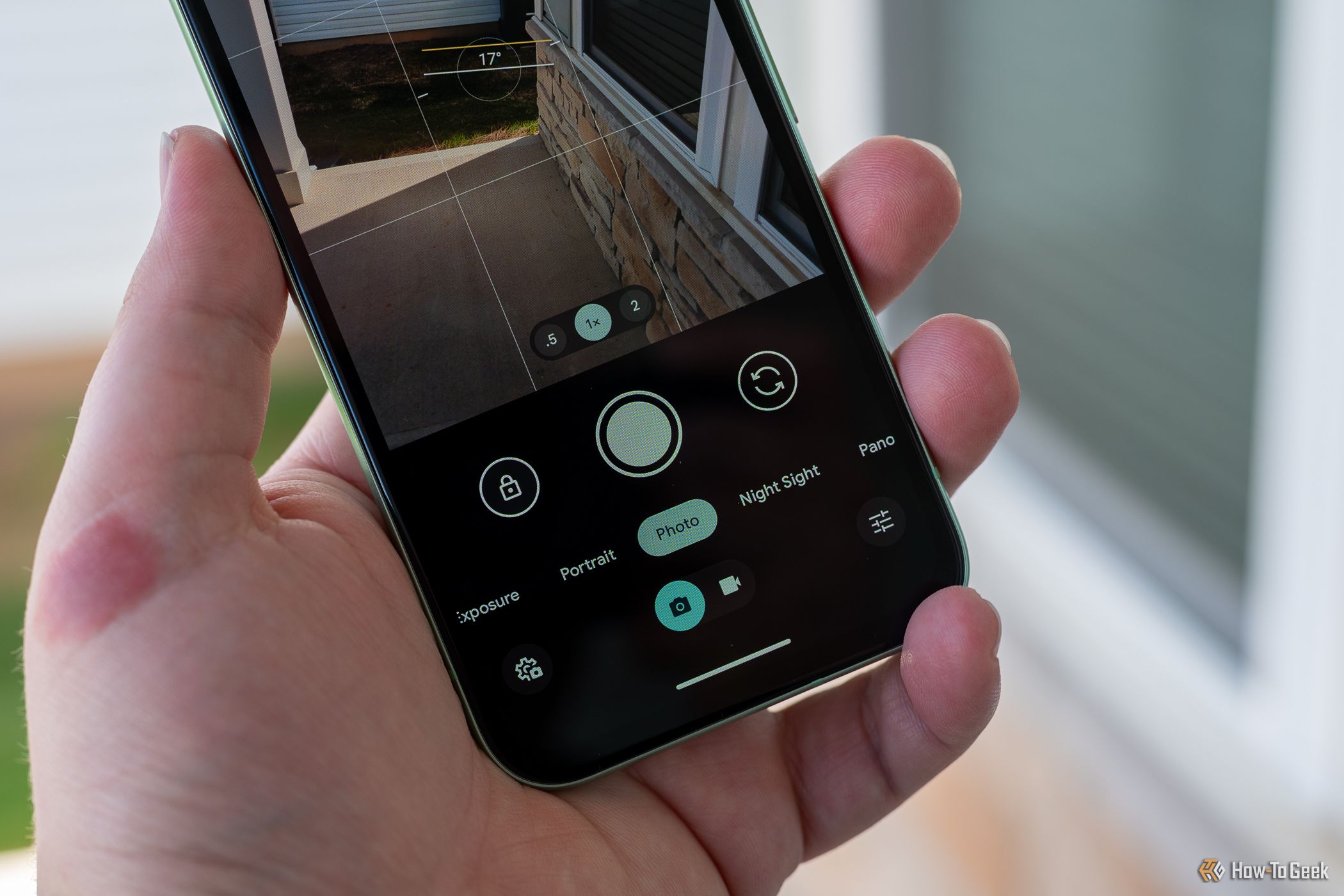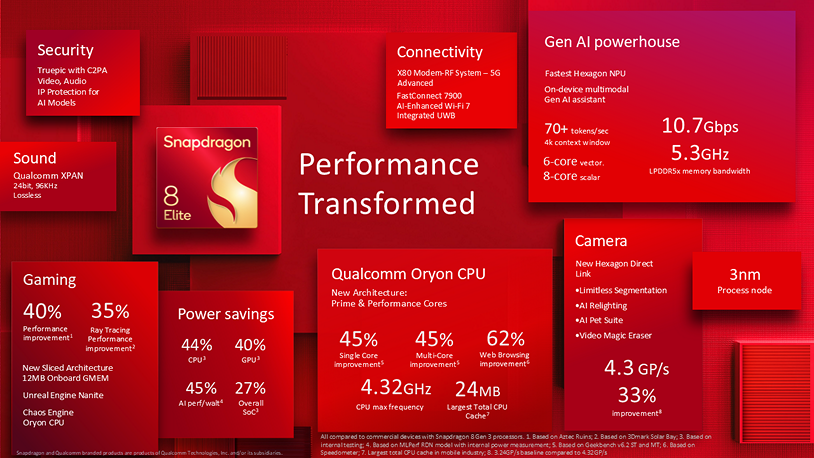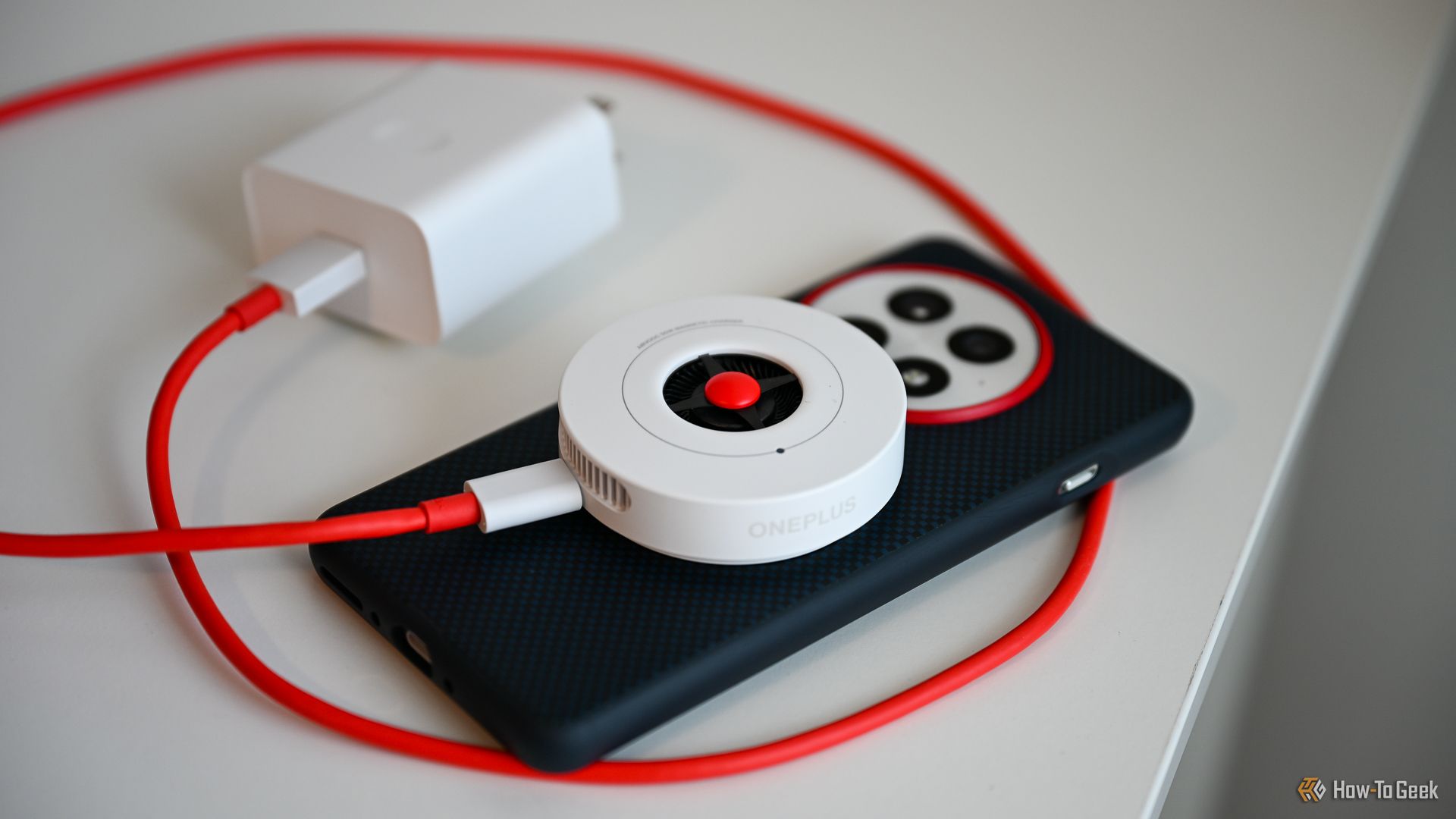Let’s face it: the flagship Android smartphone scene has been stale for several years now. Year after year, we just get incremental upgrades. Every once in a while, an interesting smartphone grabs our attention, like the Nothing Phone, but that’s about it. That was until the OnePlus 13 came out.
Flagship Phones Rarely Offer Good Value
While I might write about tech for a living, I don’t spend recklessly on it. In fact, I’m still using a phone from 2019, partly because it does everything I need reasonably quickly and partly because I’ve yet to see a compelling reason for an upgrade.
Every year, we’re greeted with a new lineup of Android phones that are mostly incremental upgrades. This makes it hard to determine the right moment to upgrade.
I find myself asking, “Is my aging phone really due for a significant upgrade this year?” The answer has always been no, as I wasn’t sure if the latest models were truly worth the $1,000+ investment beyond the regular software updates. Foldables are nice, but I’ll wait a few more years for the technology to fully mature.
At the same time, budget and mid-range phones have been shaking up the market. Cheaper alternatives like the Google Pixel A-series, the Samsung Galaxy A line, and the Nothing Phone 2(a) all look more compelling to me than the flagship devices. However, their specs are surprisingly not that much faster than my current phone, so these would be more of a sidegrade rather than a meaningful upgrade.
This isn’t to say that you shouldn’t buy a budget phone or last year’s flagship, though. Budget Android phones offer a much better deal than their flagship counterparts. Plus, many flagship features have trickled down to budget offerings. A good example is the excellent cameras and AI features found in the Pixel 8a.
This Will Be a Big Year for Android Phones
The new Snapdragon 8 Elite SoC is a groundbreaking new processor that promises a substantial 45% performance uplift, better battery life improvements, multimodal generative AI, and more. It’s making its way into flagship phones, starting with the OnePlus 13 and Samsung Galaxy S25.
Silicon-carbon batteries are another substantial upgrade that some flagships will get. These batteries have higher capacities, charge faster, and take up less space inside the phone. Phones like the OnePlus 13, Vivo X200, and the Poco X7 Pro have this new battery technology. Notably, the Galaxy S25 omitted it (perhaps they can’t risk another explosive disaster), so it’s possible that other, more mainstream brands will follow suit.
These improvements are on top of the generational upgrades we’ve come to expect from flagships, such as innovative AI features, more innovative cameras, brighter and nicer displays, and minor software tweaks.
Why the OnePlus 13 and Not Something Else?
While most people associate Android smartphones with Samsung Galaxy and perhaps Google Pixel, OnePlus has always been my personal favorite brand. I used to own a OnePlus 3, and I loved the overall experience. I consider OxygenOS to be the best Android skin—it’s fairly light, packed with useful features, and optimized for performance. For example, app launch animations are optimized to open as quickly as possible, and performance matters a lot to me.
In addition to OxygenOS and the silicon-carbon battery mentioned earlier, the OnePlus 13 boasts several other cool features, such as local refresh rate, IP69 water resistance (compared to most phones’ IP68), and Qi2 and AirVOOC 50W wireless charging. The OnePlus 13 also has official cases that support MagSafe.
Now, the OnePlus 13 isn’t perfect. For example, it’s known to have slightly worse cameras than its competition, but I don’t care about photography that much, and they’re still way better than what my current phone has.
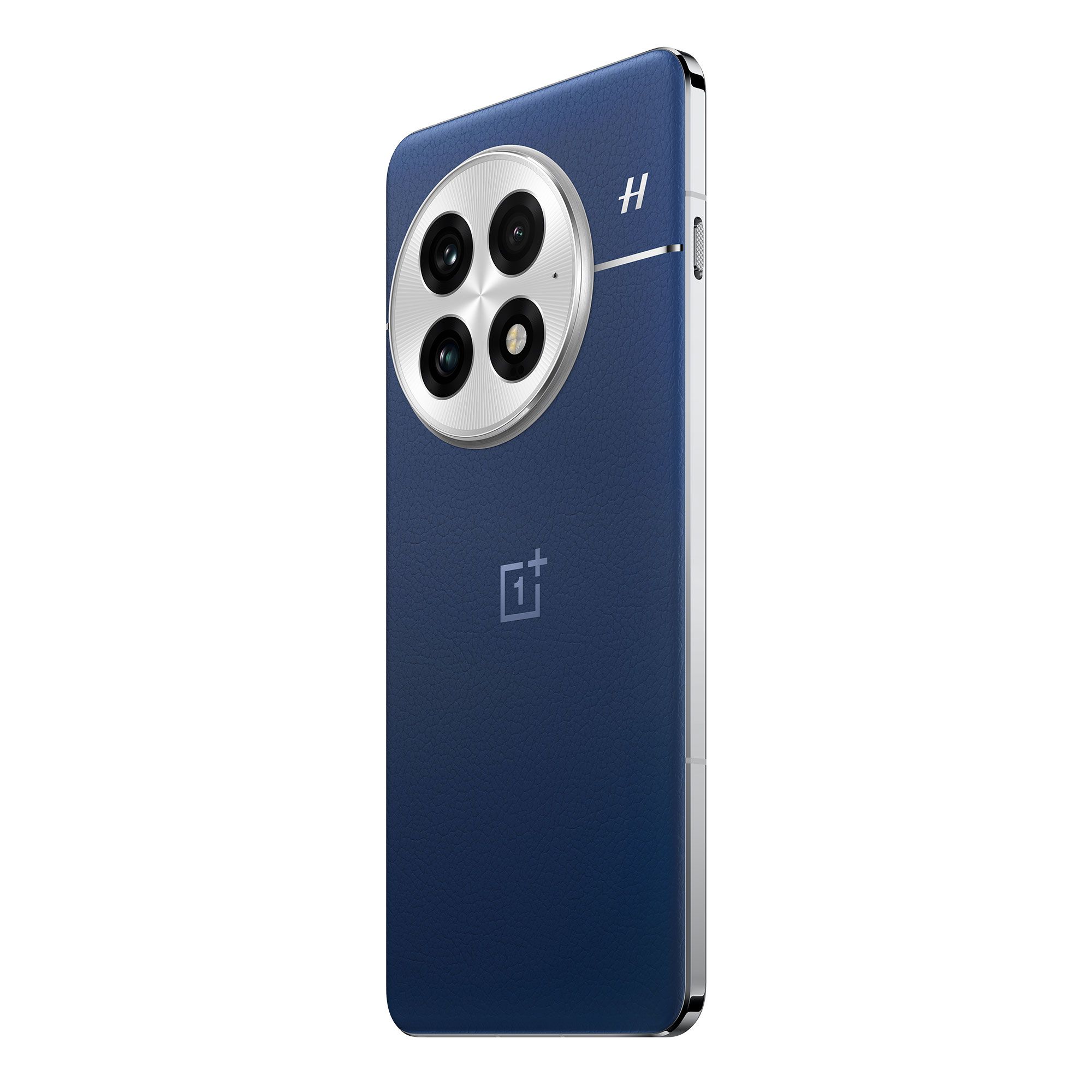
OnePlus 13
- SoC
-
Qualcomm Snapdragon 8 Elite Mobile Platform
- Display
-
6.82-inch, 3168×1440 (QHD+), 510 ppi, 120Hz VRR, ProXDR with LTPO 4.1
You could say I’m long overdue for a new smartphone, but nothing on the market had convinced me—until the OnePlus 13. At a starting price of $899, it’s priced similarly to the new Samsung Galaxy S25 and slightly undercuts the usual “Pro” and “Plus” Android models, yet it offers more features than many of them. In a nod to OnePlus’ old “flagship killer” reputation, I guess you could call this the Pro flagship killer—and it’s definitely the phone to watch this year.


